In today’s business automation landscape, the debate between video bots and chatbots is more relevant than ever. While chatbots use NLP and ML to enable real-time text-based interactions for customer service and recommendations, video bots enhance engagement through AI-powered video responses.
Both technologies streamline operations and personalize customer experiences, with Medallia reporting that personalization drives higher satisfaction and loyalty. This article explores their definitions, functionalities, benefits, key differences, and how businesses can choose the right solution—or a hybrid approach—based on their goals, budget, and desired customer experience.
What Are Chatbots?
Chatbots are software applications that enable text-based communication between humans and computer systems. They use Natural Language Processing (NLP) and Machine Learning (ML) to interpret user input, determine intent, and respond in real-time. This allows them to handle repetitive tasks, answer questions, and provide personalized recommendations.
Key Characteristics of Chatbots
- Text-Based Communication: Chatbots primarily engage users through conversational text, allowing for interactive dialogue that simulates human conversation. They can interpret and generate text responses that address user inquiries efficiently.
- Real-Time Responses: They provide immediate answers without the need for human intervention, enabling users to receive assistance or information instantaneously at any time.
- Integration: Chatbots are designed to seamlessly operate across websites, messaging apps, and social media platforms, ensuring accessibility and convenience for users wherever they prefer to interact.
- Versatility: Depending on their complexity, chatbots can operate on simple predefined rules or leverage advanced AI technologies to conduct more natural, fluid conversations that adapt to user inputs.
They integrate seamlessly across websites, messaging apps, and social media. Some operate on simple rules, while others leverage advanced AI for more natural conversations.
How Chatbots Work
Chatbots parse what a user types (or says) and determine the most relevant response. Advanced models adapt through machine learning over time, improving their ability to interpret complex or unpredictable requests.
Processes Involved
- User Input Interpretation: This involves analyzing the text input provided by the user using NLP techniques to comprehend the user's intent and the context of the message.
- Response Generation: Based on the interpreted input, the chatbot selects or generates appropriate responses by using predefined rules or AI algorithms, ensuring that the reply is relevant and helpful.
- Learning and Adaptation: Through ML, chatbots continually improve over time from interactions with users, enhancing their ability to understand requests and provide accurate responses to increasingly complex queries.
Common Use Cases
Chatbots are widely used in industries that handle constant queries.
Customer Service
They provide instant answers to frequently asked questions, reducing wait times. They also assist with tracking orders and shipping information, ensuring customers receive real-time updates. Chatbots also facilitate booking reservations or appointments without human intervention and can route complex inquiries to human agents when needed.
E-commerce
Chatbots guide shoppers through product selections by providing recommendations and answering product-related queries. They analyze user behavior to suggest relevant products and streamline transactions by assisting in the checkout process.
Banking and Finance
Chatbots help customers with account inquiries, such as checking balances and recent transactions. They also facilitate simple transactions like fund transfers and bill payments while offering financial advice and budget planning tools.
Healthcare
Chatbots assist in scheduling appointments by finding available slots with healthcare providers. They provide general medical information and symptom checks to help users assess their health concerns. Additionally, they send medication reminders, ensuring patients adhere to their prescribed treatments.
Benefits of Chatbots
They offer significant advantages to businesses and customers alike.
- 24/7 Availability: Chatbots are always available to provide support at any time of day or night, ensuring users can receive assistance without delays, regardless of time zones or business hours.
- Reduced Wait Times: By providing immediate responses, chatbots eliminate the wait times associated with human customer service, enhancing user satisfaction and experience.
- Cost Efficiency: They help businesses lower staffing costs by handling routine interactions, freeing up human agents to focus on more complex tasks that require personalized attention.
- Scalability: Chatbots can easily manage large volumes of inquiries simultaneously, accommodating peaks in demand without compromising service quality.
- Consistency: They deliver uniform responses, ensuring that all users receive the same standard information, which helps maintain brand voice and reduce misinformation.
Limitations of Chatbots
Despite their advantages, chatbots have certain limitations.
- Lack of Emotional Intelligence: Chatbots may struggle with understanding emotional nuances, sarcasm, or humor in user communications, potentially leading to inappropriate or unsatisfactory responses.
- Complex Query Handling: They may have difficulty addressing unusually complicated or ambiguous questions that fall outside their programmed capabilities.
- Impersonality: Purely text-based interactions can feel impersonal to some users who prefer human contact, potentially affecting user satisfaction.
- Maintenance Needs: Chatbots require continuous updates and maintenance to keep responses accurate and relevant, which can be resource-intensive over time.
- Language Barriers: They may have limitations in supporting multiple languages or dialects, restricting accessibility for a diverse user base.
What Are Video Bots?
Video bots interact with users through recorded or AI-generated video responses, adding a personal and visual touch beyond standard text. They rely on NLP and machine learning to interpret queries and then respond with short clips or real-time video segments that feel more human and immediate.
Key Characteristics of Video Bots
- Visual and Auditory Engagement: Video bots interact with users using videos that incorporate both visual and auditory elements, enhancing the user experience by making it more immersive and engaging.
- Personalization: They offer a more human-like interaction through facial expressions, tone of voice, and body language displayed in the videos, adding a personal touch, especially during AI-powered marketing personalization.
- Dynamic Responses: Video bots provide tailored content based on user input and preferences, delivering customized video responses that address the specific needs or questions of each individual.
- Technology Integration: They combine AI, NLP, and video processing capabilities to interpret queries and generate appropriate video responses, showcasing advanced technological integration.
How Video Bots Work
They combine AI-driven processes with video interfaces. The bot interprets user input and triggers a relevant video response—either pre-recorded or generated on the spot. This creates a unique interaction that goes beyond simple text but requires a solid internet connection.
Processes Involved
- User Input Interpretation: Using NLP, the video bot analyzes the user's message to understand intent and context.
- Content Matching: It selects appropriate video clips that directly address the user's needs from a library of pre-recorded videos or generates new content.
- Video Delivery: The bot streams or plays the video responses within the interface, ensuring a smooth viewing experience for the user.
- Feedback Loop: Gathering user responses and interactions, the video bot refines future interactions through machine learning, improving accuracy and personalization over time. They can also help you generate interactive videos, perfect for video marketing of your brand.
Common Use Cases
Video bots shine in areas where visual explanations enhance understanding.
Customer Support
Video bots excel in areas where visual explanations enhance understanding, making them valuable for customer support, sales, training, and healthcare. In customer support, they offer step-by-step visual guides for troubleshooting, helping users resolve issues more effectively. They also demonstrate how to use products or services, ensuring customers maximize their benefits.
Sales and Marketing
video bots provide engaging product demos that showcase features and benefits in an interactive way. They highlight key selling points through visuals, making marketing messages more impactful. Additionally, they personalize sales pitches based on user preferences, creating more persuasive interactions.
Onboarding and Training
Video bots streamline processes by guiding new customers or employees through instructional videos, reducing the learning curve. They also educate users through interactive video content, making training sessions more engaging and effective.
Healthcare and Wellness
Video bots guide patients through exercises or medication routines, ensuring proper techniques for therapy or treatment. They also provide mental health support with calming visuals or guided meditations, promoting overall well-being.
Benefits of Video Bots
They offer several advantages over traditional text-based interactions.
- Enhanced Engagement
Video bots keep users’ attention longer by incorporating multimedia content, making interactions more captivating. Visual storytelling also makes information more memorable, increasing retention.
- Improved Clarity
Video bots simplify complex explanations through visual demonstrations, making difficult concepts easier to understand. Seeing a product or process in action is often more effective than reading a text-based description.
- Personal Touch
Video bots also add a personal touch by incorporating facial expressions and tone, creating a human-like experience that fosters trust and connection with users. This makes interactions feel more natural and engaging.
- Efficient Problem Resolution
Video bots enable faster understanding and quicker solutions. Users can follow along with step-by-step visual instructions, reducing misunderstandings and improving the efficiency of troubleshooting processes.
Limitations of Video Bots
Despite their engaging nature, video bots have challenges.
- Resource Intensive: Video bots are resource-intensive, requiring significant investment in video production and editing, as well as robust bandwidth and storage capabilities for hosting and streaming content.
- Technical Barriers: Poor connectivity may disrupt video streaming, making it difficult for users with limited internet access to interact smoothly. Additionally, not all users have devices capable of handling video playback efficiently.
- Complex Query Handling: When it comes to complex query handling, video bots may still require human agents for advanced or sensitive inquiries, limiting their ability to fully replace human support.
- Perception Issues: There are also perception issues, as some consumers might see them as impersonal or merely a cost-saving measure rather than an actual enhancement.
Key Differences: Video Bots vs Chatbots
Understanding the distinctions between video bots and chatbots is crucial for choosing the right tool for your business.
Mode of Interaction
Chatbots communicate through text-based messages, allowing users to type queries and receive responses instantly. They are accessible across various platforms and require minimal technical resources, making them a widely available and efficient solution.
Video Bots engage users through video and audio, creating a more interactive experience. They provide visual demonstrations, making them ideal for explaining complex processes or showcasing products in an engaging way.
User Engagement
Chatbots are best for quick and straightforward interactions. They allow users to multitask while engaging with the bot, but they may lack the visual appeal needed to keep users fully engaged.
Video Bots hold attention longer with dynamic content. Their visual and auditory elements make interactions more immersive, encouraging users to stay engaged and absorb information more effectively.
Information Retention
Chatbots make it easy to reference information since text-based responses can be saved, copied, and revisited as needed. This makes them convenient for users who need quick access to details. Read more about customer retention strategies to generate better ROI.
Video Bots provide a more memorable experience through visual storytelling. However, replaying videos to find specific information may be less convenient compared to scanning text.
Personalization
Chatbots use data-driven algorithms to tailor responses and recommendations based on user preferences and behavior. They provide a level of personalization that enhances the user experience.
Video Bots take personalization a step further by combining user data with customized video content. This creates a more engaging and human-like interaction that resonates with users on a deeper level.
Implementation Cost
Chatbots are more cost-effective, requiring fewer resources for development and maintenance. Many open-source platforms and pre-built templates make them a budget-friendly option for businesses.
Video Bots require a higher investment due to the need for video production, editing, and hosting. While they offer a richer experience, their implementation and ongoing maintenance costs are significantly higher.
Best For
Chatbots are ideal for industries that prioritize efficiency, such as banking, customer service, and e-commerce. They are best suited for answering FAQs, processing orders, and providing quick support.
Video Bots work well in industries that rely on visual engagement, such as retail, real estate, education, and healthcare. They excel in product demonstrations, virtual tours, and instructional guides, where visual content enhances understanding.
Video Bots vs Chatbots: Which One Should Your Business Choose?
The decision hinges on your organization's needs and objectives. Deciding between Video Bots vs Chatbots requires understanding what each offers and how they align with your business goals.
- Target Audience Preferences: Determine whether your customers prefer quick text interactions or engaging visual content based on their demographics and feedback.
- Nature of Products or Services: Assess if your offerings are best explained visually or if textual information suffices.
- Budget Constraints: Consider what resources are available for implementation and maintenance, including initial investment and ongoing costs.
- Technical Infrastructure: Evaluate if your current infrastructure supports video streaming and storage required for video bots.
- Desired User Experience: Define the kind of interaction that will enhance customer satisfaction and loyalty, aligning with your brand identity.
When to Choose Chatbots
They're perfect for quick, straightforward queries that demand round-the-clock coverage. If you're constantly addressing the same set of questions, chatbots handle them smoothly, freeing your team for bigger challenges.
- High Volume of Routine Inquiries: Businesses receiving repetitive questions can automate responses to improve efficiency.
- Resource Limitations: Organizations need a cost-effective solution without extensive investment in technology.
- Multi-Platform Presence: Companies active on various messaging apps and platforms where text-based interactions are prevalent.
When to Choose Video Bots
If human-like interaction, visual explanations, and brand storytelling are crucial, video bots excel. They're especially useful in industries like retail, real estate, and education, where tutorials and product demos enhance user understanding and engagement.
- Complex Products or Services: Offerings that benefit from visual demonstrations to convey value effectively.
- Brand Differentiation: Companies aiming to stand out with innovative customer interactions that leave a lasting impression.
- Enhanced Engagement Goals: Businesses seeking deeper customer connections through immersive experiences.
Hybrid Approach: The Best of Both Worlds?
Combining Video Bots vs Chatbots can offer a flexible, customer-centric solution. Each technology complements the other, providing a comprehensive user experience.
Benefits of a Hybrid Approach
- Versatility: Cater to different user preferences by offering both text and video interactions, enhancing overall customer satisfaction.
- Enhanced User Journey: Use video bots for initial engagement and demonstrations, then transition to chatbots for detailed inquiries and transactions.
- Optimized Resource Allocation: Utilize chatbots for cost-effective handling of routine tasks while deploying video bots where visual impact is essential.
Implementation Strategies
- Integrated Interfaces: Develop platforms that seamlessly switch between video and text interactions based on user needs and context.
- Personalization: Analyze user behavior and preferences to determine which mode of communication suits them best, tailoring the experience accordingly. It is great when you are working for ecommerce personalization.
Final Thoughts
In the debate of Video Bots vs Chatbots, each has its unique strengths. Chatbots deliver quick responses and handle repetitive tasks, freeing up your team. Video bots boost engagement with visuals that clarify complicated ideas.
Choosing the right one depends on who you serve and what you want them to experience. If your customers value rapid, concise help, chatbots fit the bill. If face-to-face-style guidance is what they need, video bots shine. Combining both can enhance user satisfaction and keep your brand's communication strategy fresh and effective.
Put your commerce in motion. Find out how Firework can power your business forward. Request a demo today at Firework.
FAQs
What is the difference between a bot and a chatbot?
A bot is a general term for any software that performs automated tasks, while a chatbot is a specific type of bot designed to interact with users through text or voice conversations.
What are the four types of chatbots?
The four types of chatbots are rule-based chatbots (follow predefined scripts), AI-powered chatbots (use machine learning for dynamic responses), hybrid chatbots (combine rule-based and AI capabilities), and voice bots (interact using voice commands).
What is the difference between a smart bot and a chatbot?
A chatbot is a broad term for automated conversational agents, while a smart bot refers specifically to AI-powered chatbots that learn and improve through machine learning, making them more advanced and adaptive.
What are the two types of bots?
The two main types of bots are good bots (helpful, like chatbots and search engine crawlers) and bad bots (malicious, like spam bots and hacking bots).
Unlock Exclusive Insights
By submitting this form, you agree to Firework's privacy policy and consent to receive personalized marketing communications. You can unsubscribe at any time.
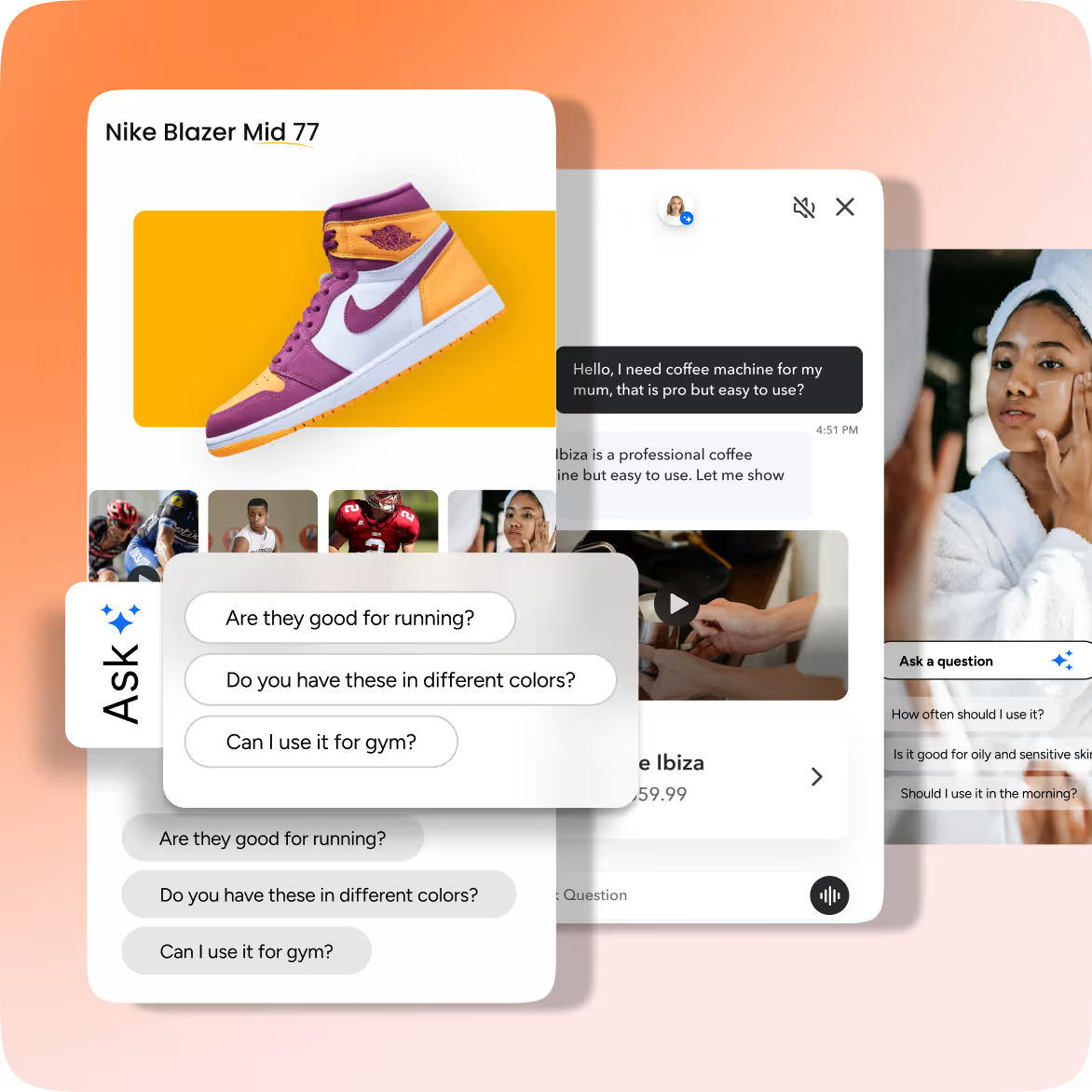
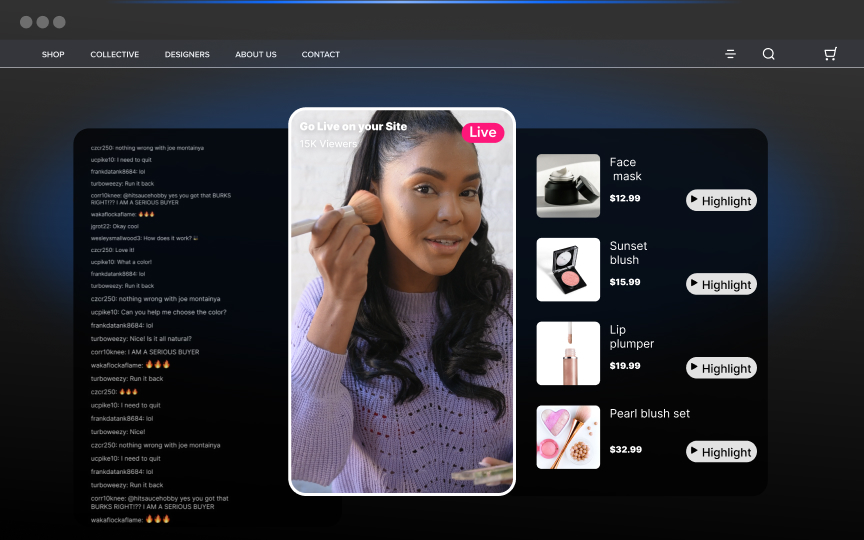
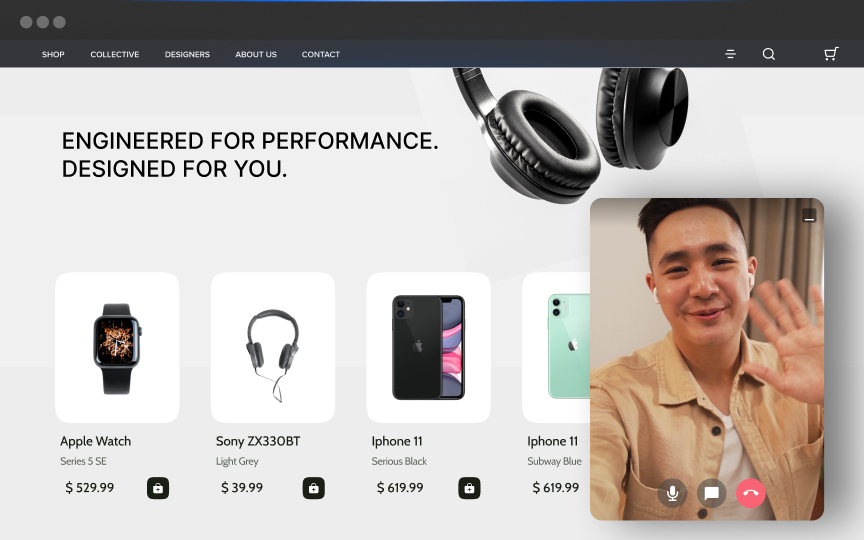


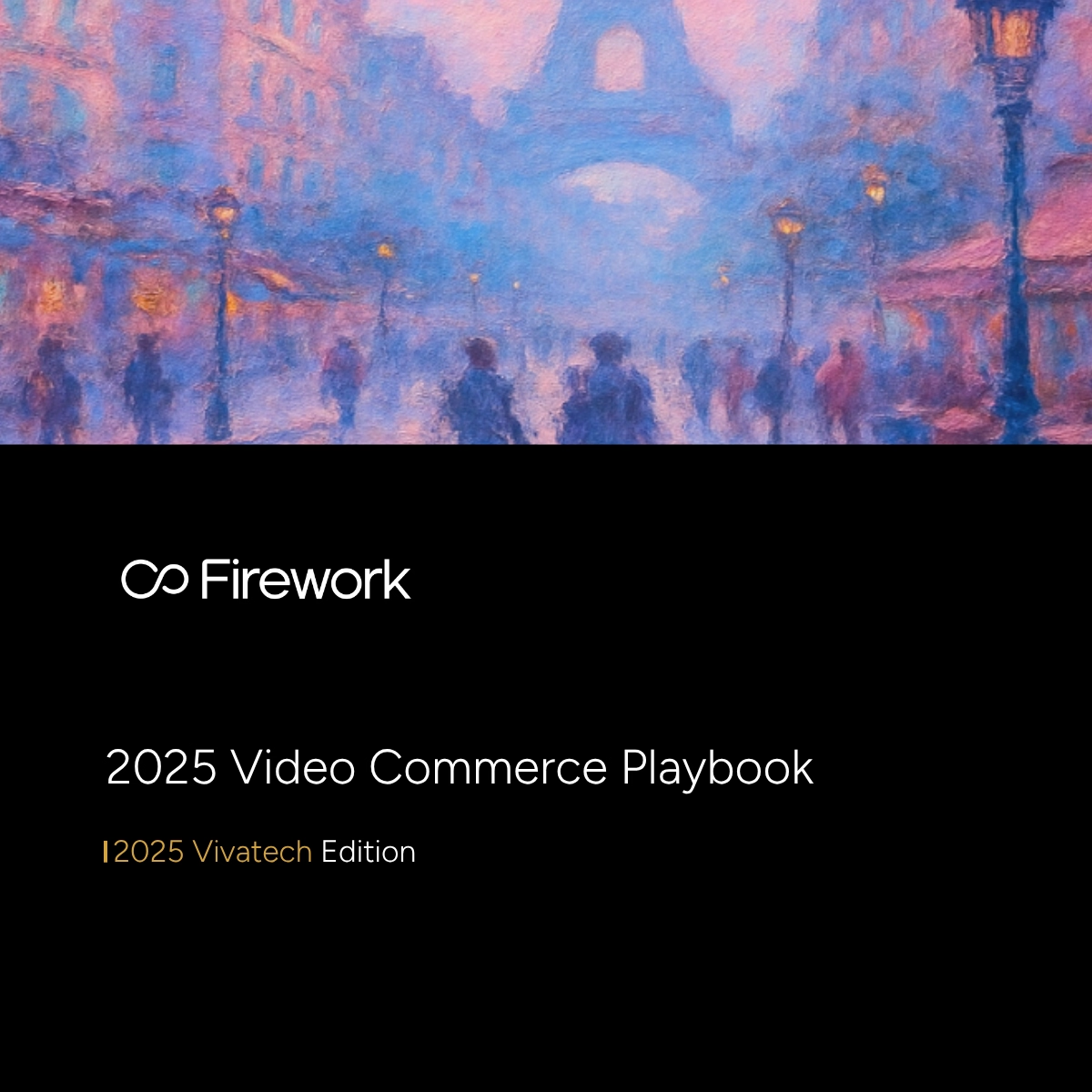
















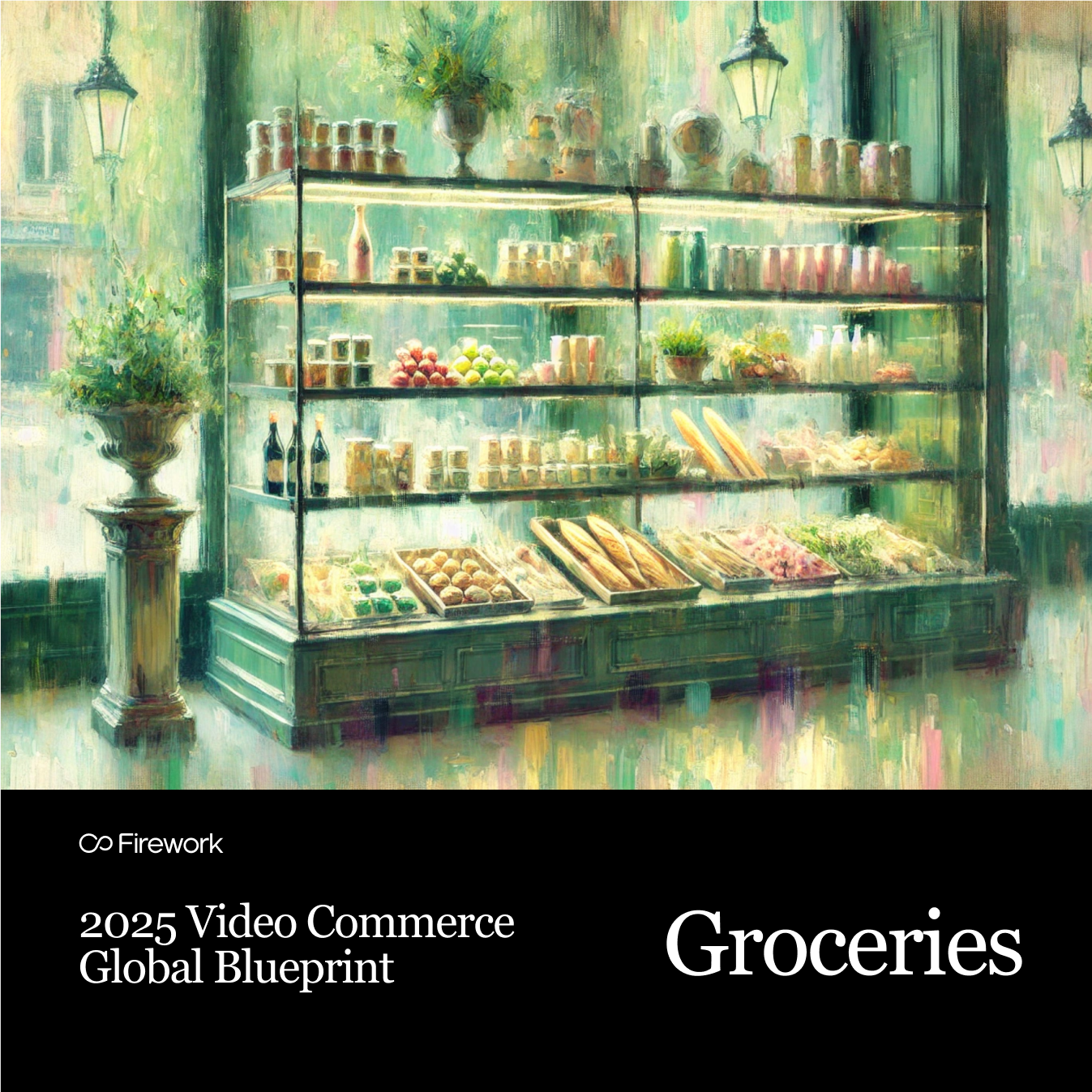




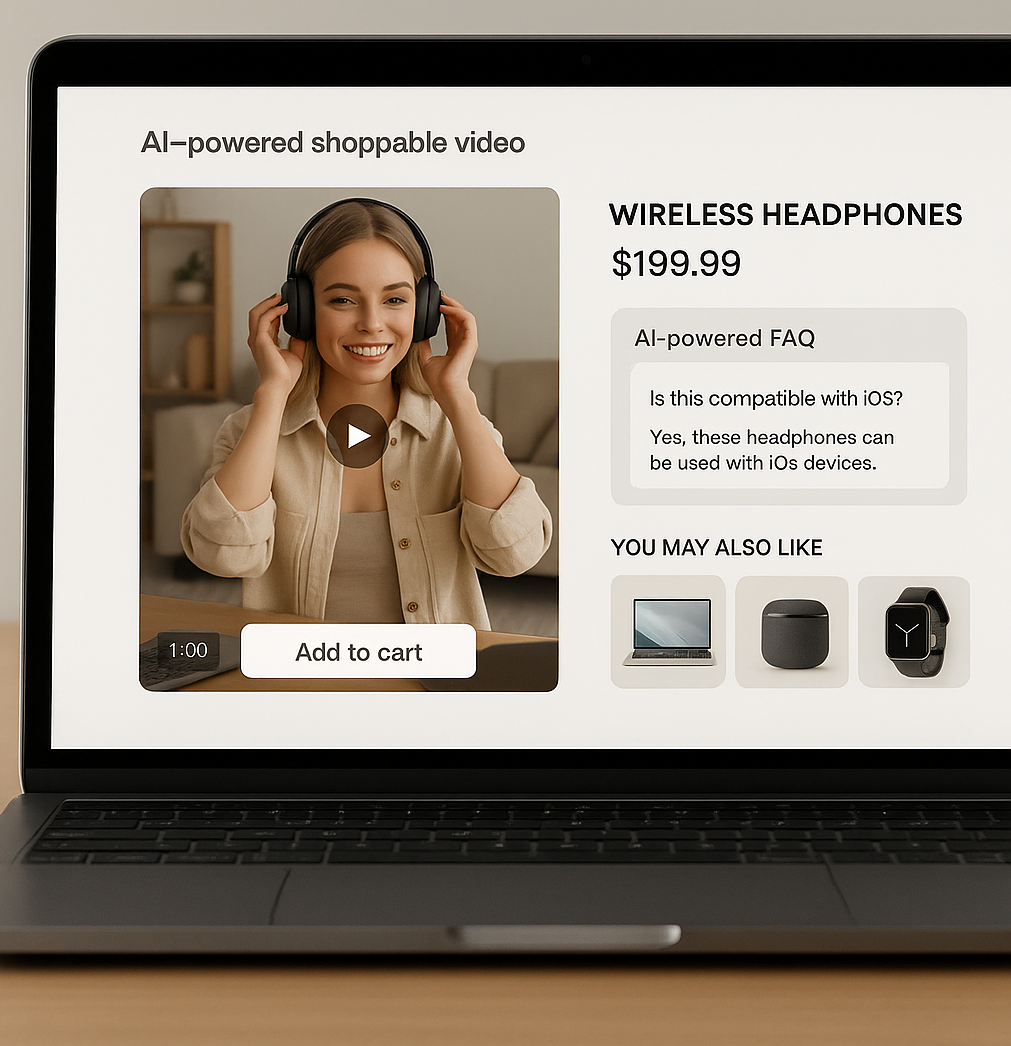
.png)